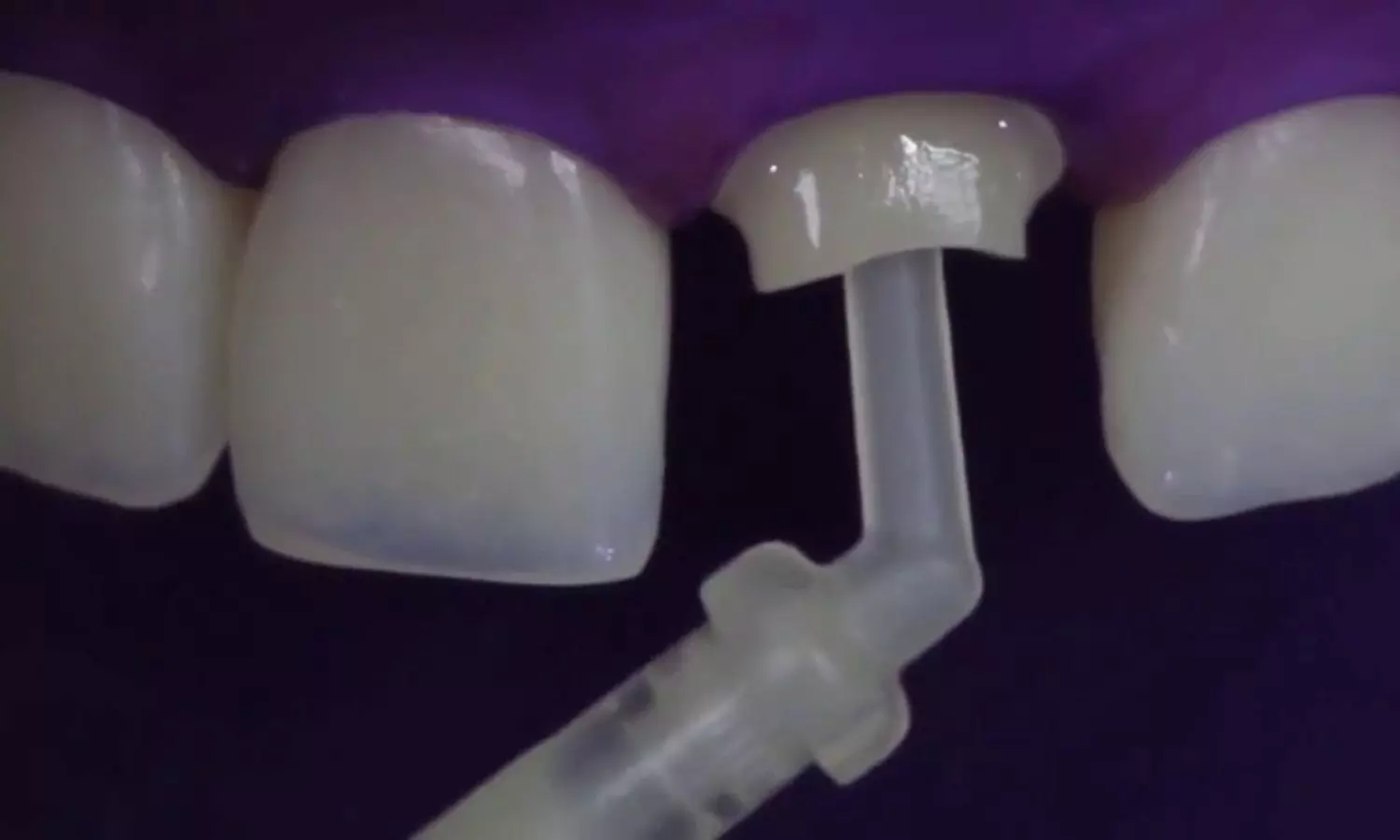
Brazil: A recent study published in the Journal of Esthetic and Restorative Dentistry has shed light on the effect of antioxidants after post-space irrigation on the adhesive interface of glass fibre post-cementation.
The researchers revealed that the antioxidants (10% sodium ascorbate and 20% alpha-tocopherol) used after post-space irrigation with sodium hypochlorite appear to increase the bond strength favouring the glass fibre post-cementation.
Teeth treated endodontically are characterized by decreased mechanical strength of the intraoral chewing forces and loss of coronal structure. A recent meta-analysis showed that fibre posts were associated with higher overall survival rates than metal posts when used for restoring endodontically treated teeth with extensive coronal destruction. Several characteristics favour the clinical choice of fibre posts; they include the aesthetic advantages, the more conservative removal of dentin, and greater treatment agility since their cementation does not require a laboratory step.
Beatriz Dansini Cândido, São Paulo State University – UNESP, Araraquara, SP, Brazil, and colleagues conducted the study to evaluate the effects of antioxidants, 10% sodium ascorbate (SA) or 20% alpha-tocopherol (AT), after post-space irrigation with 2.5% sodium hypochlorite +17% EDTA (SH) or 1% peracetic acid (PA) on the adhesive interface after glass fibre post cementation.
Sixty bovine roots were treated endodontically. Following the preparation, the post-space was irrigated with PA or SA followed or not by antioxidants (AT or SA; n=10) use.
Failure mode, push-out bond strength test, and dentin penetrability analysis were performed using a confocal laser microscope in the cervical, middle, and apical thirds. One-way ANOVA and Tukey post hoc test were used to evaluate data from dentinal penetrability and bond strength.
The researchers reported the following findings:
- SH showed the lowest bond strength regardless of the third.
- In the apical third, mixed failure was the most incident in all groups. Only in the cervical third of the post-space, SH-AT provided the greatest tag extension of the cementation system into dentin.
- In the middle and apical thirds, SH-AT, SH-SA, and PA-SA provided the largest tag extensions, but similar to each other.
"Antioxidants only favoured bond strength when 2.5% sodium hypochlorite +17% EDTA was used and dentin penetrability of the adhesive and conventional resin cementation, irrespective of the solution used to irrigate the post-space," the researchers concluded.
Reference:
Cândido, B. D., Manzoli, T. M., Zaniboni, J. F., Besegato, J. F., Godoy, E. F., Kuga, M. C., & Rached Dantas, A. A. (2023). Effect of antioxidants after post-space irrigation on the adhesive interface of glass fiber post cementation. Journal of Esthetic and Restorative Dentistry, 35(8), 1293-1300. https://ift.tt/8gHs3Nr
from Medical News, Health News Latest, Medical News Today - Medical Dialogues | https://ift.tt/efXKlbW

0 Comments